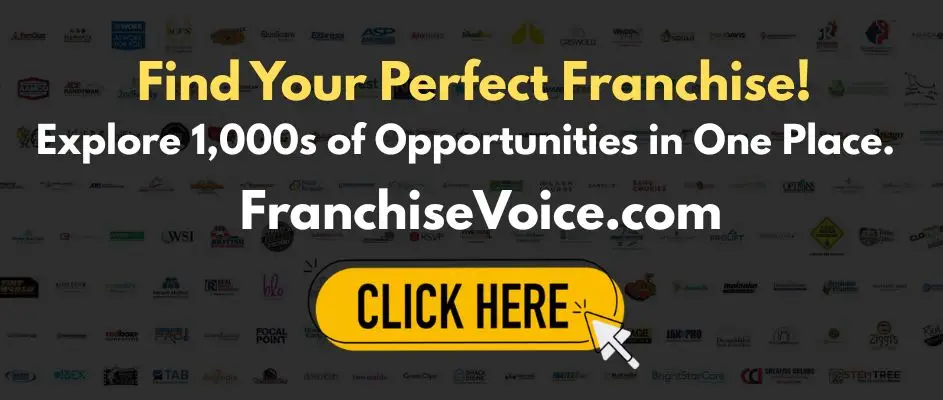Multi‑Location Marketing: SEO, Ads, and Reviews at Scale
Running a business with multiple locations comes with unique marketing challenges. From maintaining consistent branding to ensuring each location appears in local search results, scaling your marketing efforts can quickly become complex. In this guide, we’ll explore proven strategies for multi-location marketing, focusing on SEO, paid ads, and online reviews at scale.
Why Multi-Location Marketing is Different
A single-location business can focus all its marketing efforts in one geographic area. Multi-location businesses, however, must:
-
Rank individually in local search results for each location.
-
Manage separate ad campaigns across regions without losing efficiency.
-
Collect and monitor reviews for dozens or even hundreds of locations.
Without a strategic approach, marketing costs can skyrocket while visibility suffers.
Multi-Location SEO: Optimize Each Location Separately
Local SEO is the backbone of multi-location marketing. Each location must be treated as its own entity while maintaining brand consistency.
Key Steps for Multi-Location SEO:
-
Create Unique Location Pages
Each store, office, or franchise location should have a dedicated landing page with:-
NAP (Name, Address, Phone) consistency
-
Unique descriptions tailored to local audiences
-
Embedded Google Maps
-
Location-specific content (e.g., local events, offers)
-
-
Optimize Google Business Profiles (GBP)
Claim and verify each location’s GBP. Encourage location-specific posts, add photos, and ensure operating hours are accurate. -
Local Keyword Strategy
Use keywords like “best [service] in [city]” or “[product] near me in [zip code]” for each page. Tools like SEMrush or Ahrefs can help identify city-specific search trends. -
Manage Citations and Listings
Consistent listings across directories (Yelp, Bing Places, TripAdvisor) improve local rankings. Tools like BrightLocal or Yext help automate this at scale.
Multi-Location Paid Advertising: Target the Right Audience
Paid advertising allows multi-location businesses to reach their audience efficiently, but campaigns must be tailored per location to maximize ROI.
Strategies for Multi-Location Ads:
-
Google Ads with Location Targeting
Run campaigns that target users within a certain radius of each location. Avoid generic campaigns that waste budget on irrelevant areas. -
Social Media Ads by Region
Platforms like Facebook, Instagram, and LinkedIn allow hyper-local targeting. Use localized images and messaging to connect with each audience. -
Call Tracking and Conversion Tracking
Track calls, clicks, and conversions per location. This ensures you understand which campaigns perform best and helps optimize budget allocation.
Reviews at Scale: Build and Manage Reputation
Online reviews are critical for local SEO and consumer trust. Managing reviews across multiple locations requires structure and automation.
Tips for Multi-Location Review Management:
-
Encourage Reviews Post-Purchase
Automate email or SMS follow-ups asking customers to leave a review for their specific location. -
Respond Consistently and Quickly
Each location should have a dedicated team or tool to respond to reviews promptly. -
Monitor Reputation at Scale
Tools like Podium, Birdeye, or Yext help track reviews across platforms and locations efficiently.
Best Practices for Multi-Location Marketing Success
-
Maintain Brand Consistency across all locations while customizing content locally.
-
Centralize Reporting for all SEO, ads, and review metrics to streamline analysis.
-
Test and Iterate campaigns regionally to understand what resonates with each local audience.
Conclusion
Multi-location marketing isn’t just about scaling your business—it’s about scaling your visibility, reputation, and engagement across multiple markets. By combining local SEO strategies, targeted paid ads, and effective review management, your business can dominate local search results, attract more customers, and maintain a consistent brand presence at every location.
Implementing these strategies with the right tools and processes ensures efficiency and maximizes ROI across all locations.

